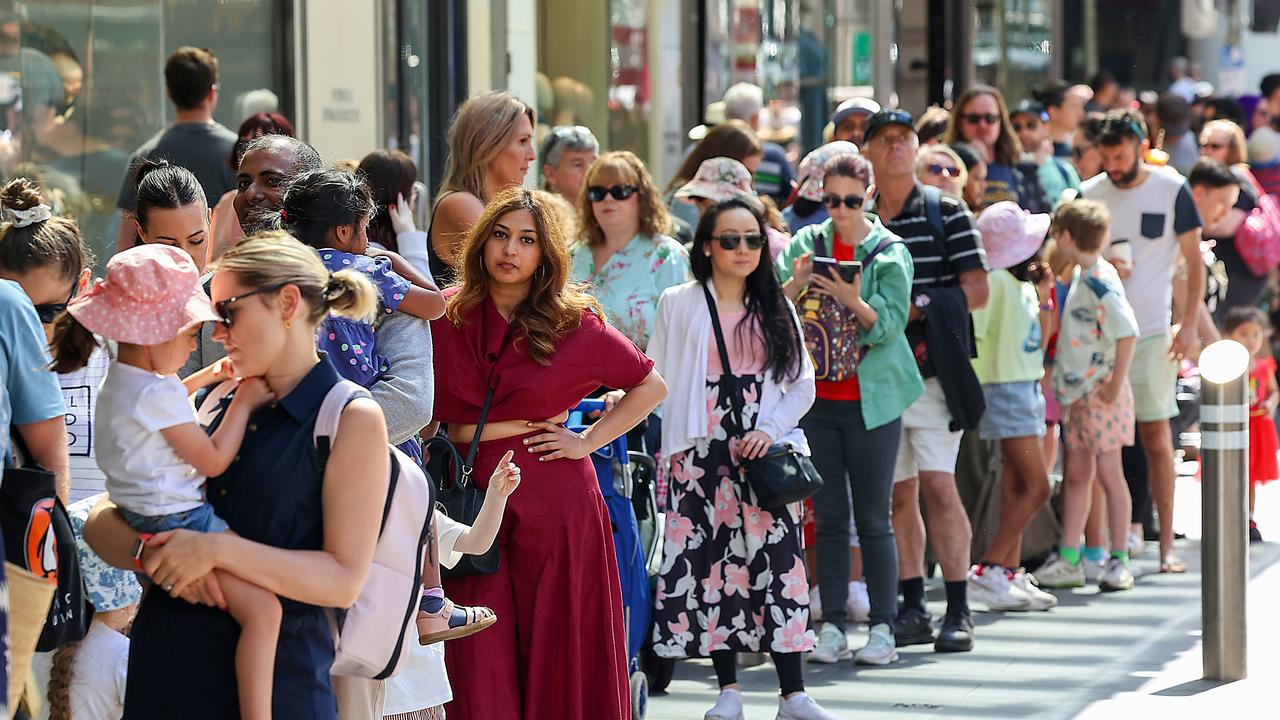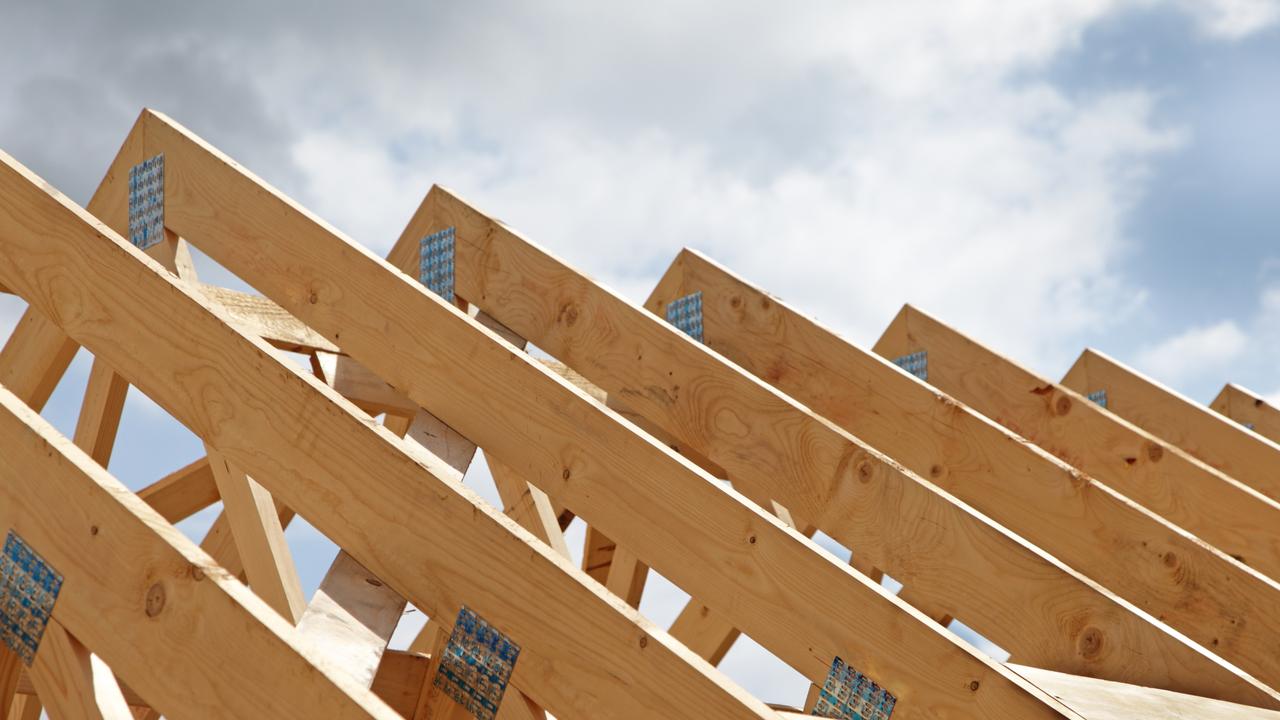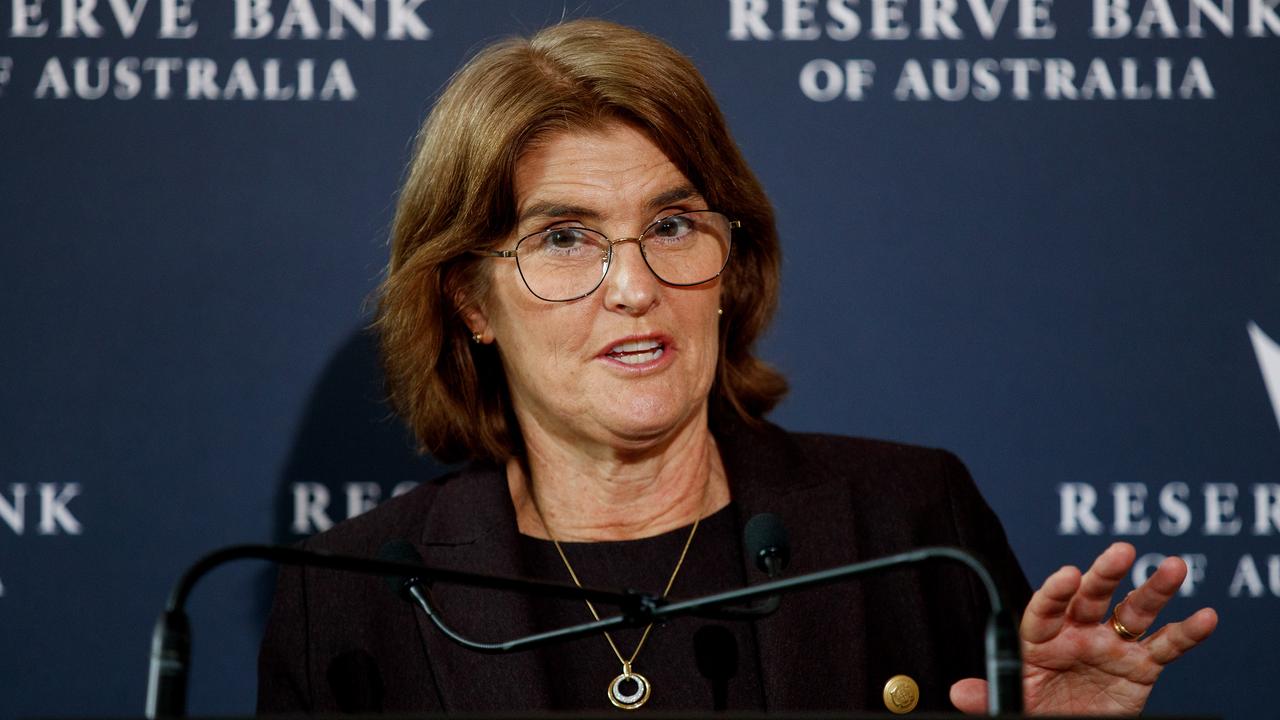Retail trade flat in latest ABS data
The ABS has released its latest data on retail trade and building approvals, and the numbers show a boost for the Aussie economy.

Bargain hunters helped lift retail sales in May, producing a 0.6 per cent boost to turnover across the month, according to the latest figures from the Australian Bureau of Statistics.
The small May jump followed a comparatively flat 0.1 per cent rise in April and a 0.4 per cent fall in March on seasonally adjusted figures.
But ABS head of business statistics Robert Ewing warned underlying trends were still “stagnant”.
“Retail turnover was boosted this month by watchful shoppers taking advantage of early end-of-financial year promotions and sales events,” he said.
“Retail businesses continue to rely on discounting and sales events to stimulate discretionary spending following restrained spending in recent months.
“Despite the seasonally adjusted rise, underlying spending remains stagnant with retail turnover flat in trend terms.

“Compared to May 2023, trend is only up 1.5 per cent.”
Clothing, footwear, and personal accessory retail showed the largest increase with a 1.6 per cent rise after two consecutive falls in April and March.
Household goods retailing lifted 1.1 per cent and while department stores fell 0.9 per cent.
“Many retailers started end-of-financial year sales early, offering larger discounts than usual and noted that shoppers remain price-sensitive in response to persistent cost-of-living pressures,” Mr Ewing said.
Building approvals also increase
Building approvals also rose in May, lifting 5.5 per cent across the month after a 1.9 per cent increase in April.
ABS head of construction statistics Daniel Rossi said the rise in approvals was driven by private sector dwellings, excluding houses, which rose 16.3 per cent.

“Private sector house approvals also rose by 2.1 per cent,” he said.
Total dwelling approvals rose in all states, with Western Australia leading the rise, up 19.6 per cent.
This was followed by Victoria at 8.9 per cent, Queensland with 6.3 per cent, South Australia at 4.1 per cent, Tasmania with 3.8 per cent and NSW at 2.9 per cent.
Approvals for private sector houses increased in Western Australia by 8.4 per cent, NSWby 5.9 per cent and Queensland by 3.7 per cent.
But approvals fell in Victoria and South South Australia, slipping 3.4 per cent and 1.9 per cent, respectively.
The value of total buildings approved rose 0.6 per cent to $13bn after a 0.7 per cent fall in April.
The value of total residential building rose 2.3 per cent to $7.6b, made up of a 4.4 per cent rise in new residential building and a 9.3 per cent fall in alterations and additions.
The growth figures, while positive for the overall economy, could spell trouble for homeowners if Reserve Bank of Australia Board members see them as adding to inflation pressures.
The RBA’s June 17 and June 18 meeting minutes show persistent fears about rising prices and a willingness to hike the cash rate, which sits at 4.35 per cent, to temper inflation.

“Members acknowledged that if inflation expectations were to rise materially from current levels, it could require significantly higher interest rates to bring inflation back to target, with adverse implications for growth in output and employment,” the minutes show.
The board noted new “pieces of information” from May indicated “a need to remain alert to upside risks to inflation”.
“There had been further evidence that global growth had troughed in late 2023 and was gradually picking up, while disinflation had slowed in several countries,” the minutes state.
“In Australia, inflation had also been higher than expected in April.
“And the revisions to historical estimates of consumer spending meant that consumption growth, while still weak, had been more resilient than previously assessed.”
IG analyst Tony Sycamore said the rates market had now priced in the chance of an August hike at 35 per cent chance.






